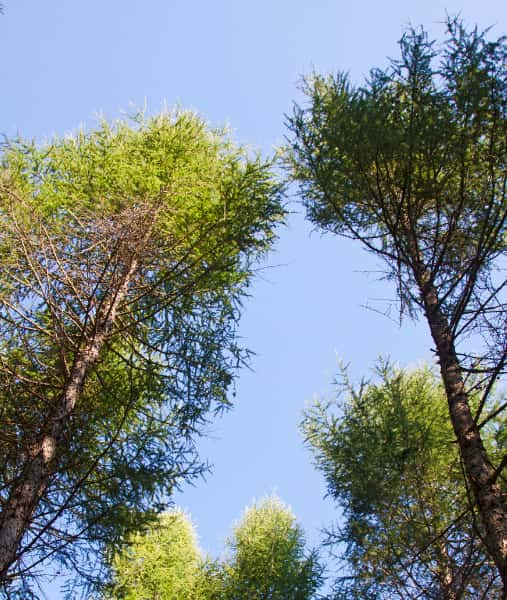Introduction: Trees are an essential part of our ecosystem, providing numerous benefits such as oxygen production, carbon dioxide absorption, and habitat for various wildlife. However, there are times when tree felling becomes necessary due to safety concerns, urban development, or disease prevention. As responsible stewards of our environment, it’s important to understand the environmental impact of tree felling and how we can balance preservation and necessity.
The Necessity of Tree Felling
Tree felling, or the intentional cutting down of trees, is a practice that requires careful consideration. Here are some scenarios where tree felling may be deemed necessary:
1. Safety Concerns:
Diseased, dead, or structurally unstable trees pose a significant risk to people, property, and other vegetation. Removing such trees can prevent accidents and property damage.
2. Urban Development:
As communities grow, urban development may require the removal of trees to make way for infrastructure, housing, or commercial spaces.
3. Pest and Disease Management:
In cases where trees are infested with pests or diseases that can spread to other healthy trees, selective tree felling may be necessary to prevent further infestations.
4. Resource Management:
In some instances, tree felling is part of responsible forest management to maintain a healthy and diverse ecosystem.
The Environmental Impact
While tree felling can be justified for safety and development reasons, it does have environmental consequences that must be addressed:
1. Biodiversity Loss:
Trees provide habitat and food sources for various wildlife species. The removal of trees can disrupt local ecosystems and impact biodiversity.
2. Carbon Footprint:
Trees play a vital role in capturing carbon dioxide from the atmosphere. When trees are felled, the stored carbon is released back into the atmosphere, contributing to carbon emissions.
3. Soil Erosion:
Trees help stabilise soil and prevent erosion. Their removal can lead to increased soil erosion, affecting water quality and aquatic habitats.
4. Microclimate Alteration:
Trees provide shade and regulate temperature, creating microclimates that support specific plant and animal species. The removal of trees can alter local temperature and humidity patterns.
Striking a Balance
Balancing the preservation of trees with the necessity of tree felling requires a thoughtful and informed approach:
1. Assessment:
Before felling a tree, conduct a thorough assessment to determine its health, structural stability, and ecological significance.
2. Replacement and Reforestation:
Whenever possible, replant trees in the same area or support local reforestation efforts to mitigate the loss of green cover.
3. Selective Felling:
Prioritise the removal of trees that pose immediate safety risks or are diseased while preserving healthy and mature trees.
4. Consultation:
Engage with arborists, ecologists, and community members to make well-informed decisions considering short-term and long-term impacts.
5. Tree Care:
Implement proper tree care and maintenance practices to minimise the need for tree felling due to preventable issues.
Conclusion: Tree felling is a complex topic that requires a delicate balance between environmental preservation and addressing practical needs. At Newmarket Tree Surgeons, we understand the importance of responsible tree management. Our team of experts is committed to making informed decisions that consider the ecological impact of tree felling while ensuring safety and well-being. By approaching tree felling with sensitivity and awareness, we can contribute to a healthier environment for current and future generations.
Call us on: 01638 591 692
Click here to find out more about Newmarket Tree Surgeons
Click here to complete our contact form and see how we can help with your tree’s needs.

